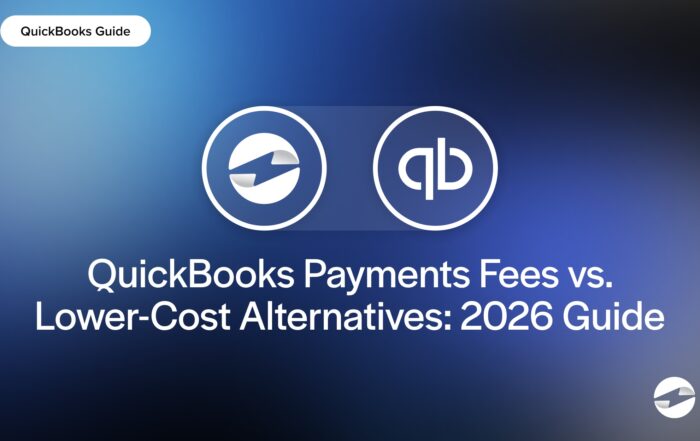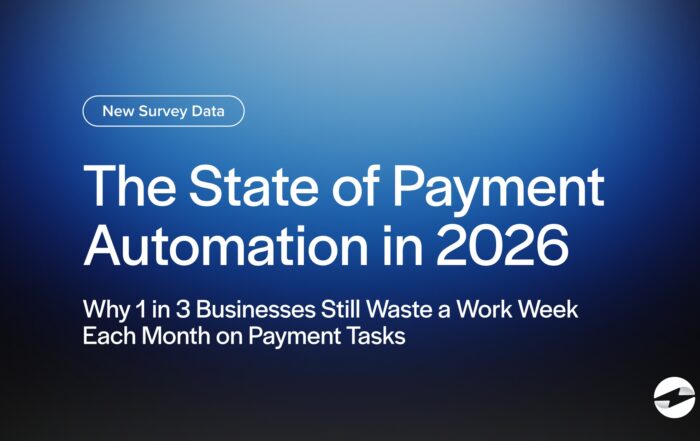What is cash basis accounting?
Cash basis accounting, also known as the cash method, is the simplest way to track your business’s finances—it records revenue when you receive the money and expenses when you pay the money. Think of it like a personal checking account. If a customer hands you cash for a service today, you record it today. If you pay a bill next week, you record the expense then. There’s no tracking of unpaid invoices or future bills—just money in and money out.
This is great for smaller and simpler businesses because it’s easy to understand and requires less paperwork than other accounting methods. A disadvantage of the Cash Basis method is that it may not give the full picture of your company’s financial health if you have a lot of unpaid invoices or upcoming expenses. For businesses trying to grow, it may be harder to gain support from investors because the books don’t show the full picture of the company’s financial position in the long term.
Key Points
- Cash basis accounting is like balancing a personal checking account—you only record money when it actually moves. It’s easy to use and great for small businesses, but it doesn’t show the full picture if you have unpaid invoices or hefty upcoming bills.
- Not GAAP-Compliant but Still Useful. Big businesses follow GAAP rules, which require accrual accounting, but smaller businesses can stick with cash basis accounting since it’s simpler as long as they are making under 25 million in revenue per year.
Cash basis accounting example
Let’s say you’re a landscaper. In April, you complete a $5,000 job for a client, but they don’t pay you until May.
- Cash basis: You record the $5,000 as income in May when you get the money.
- Expense side: If you buy $500 worth of supplies in April but don’t pay for them until May, you record the expense in May when the cash leaves your account.
It’s simple—if you have the cash, it’s income; if you spend the cash, it’s an expense.
Cash basis vs accrual basis
The biggest difference between cash basis and accrual basis accounting is timing:
- Cash Basis records transactions when money changes hands.
- Accrual Basis records transactions when they happen, regardless of when money is received or paid.
Using the landscaper example again:
- Cash Basis: The $5,000 is recorded in May when the client pays.
- Accrual Basis: The $5,000 is recorded in April when the service was completed, even though payment is still pending.
Cash basis is more straightforward, but accrual accounting gives a clearer picture of financial health, especially if you have many outstanding invoices or future expenses.
Is cash basis accounting GAAP?
Cash basis accounting is not GAAP (Generally Accepted Accounting Principles). GAAP requires businesses to use accrual accounting because it’s a more accurate picture of financial performance. Still, many small businesses and sole proprietors use cash basis accounting because it’s easier to manage. The IRS allows businesses with revenue under 25 million per year to use cash basis for tax reporting, as this method is practical for freelancers, consultants, and small service providers.
Cash-based accounting is easy and simple to use, especially for small businesses that deal mostly with cash transactions. It may not give the same financial insight as accrual accounting, but it’s still a good method for businesses with simple operations and minimal outstanding invoices. If your business is growing, however, it may be better to switch to accrual accounting to track long-term financial health.
You May Also Like
Read More
QuickBooks Payments Fees vs. Lower-Cost Alternatives: 2026 Guide
Read More
EBizCharge Listed as a 2025 Construction Executive Top Construction Technology Firm
Read More
Read More



